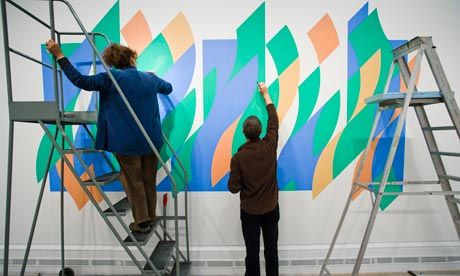Printmaker - Nana Shiomi
Continuing with our 'British printmakers' theme; here is a demonstration video(s) featuring printmaker Nana Shiomi. She combines woodblock relief and intaglio to make some outstanding prints. Not to be missed and of particular interest to me is her registration technique which uses the traditional kento but with a twist.
Make sure to visit her website for a wealth of information about her works, technique and printmaking background.
Excerpt from YouTube:
"Nana Shiomi is an extraordinary artist-printmaker who studied at the Royal College of Art from 1989-1991 and subsequently has gone on to a strong career exhibiting her own work and teaching.
She demonstrates her unique combination relief/intaglio water-based woodcut printmaking, rooted in the traditional methods of Japanese ukiyoe woodblock printmaking. These two videos are excerpts from her demonstration where we were fortunate enough to spend an afternoon watching her work at Double Elephant Print Workshop in Exeter, Devon. This was during the period that she had a show at The Brook Gallery in Budleigh Salterton, Devon."
www.nanashiomi.com
Make sure to visit her website for a wealth of information about her works, technique and printmaking background.
Excerpt from YouTube:
"Nana Shiomi is an extraordinary artist-printmaker who studied at the Royal College of Art from 1989-1991 and subsequently has gone on to a strong career exhibiting her own work and teaching.
She demonstrates her unique combination relief/intaglio water-based woodcut printmaking, rooted in the traditional methods of Japanese ukiyoe woodblock printmaking. These two videos are excerpts from her demonstration where we were fortunate enough to spend an afternoon watching her work at Double Elephant Print Workshop in Exeter, Devon. This was during the period that she had a show at The Brook Gallery in Budleigh Salterton, Devon."
www.nanashiomi.com





















